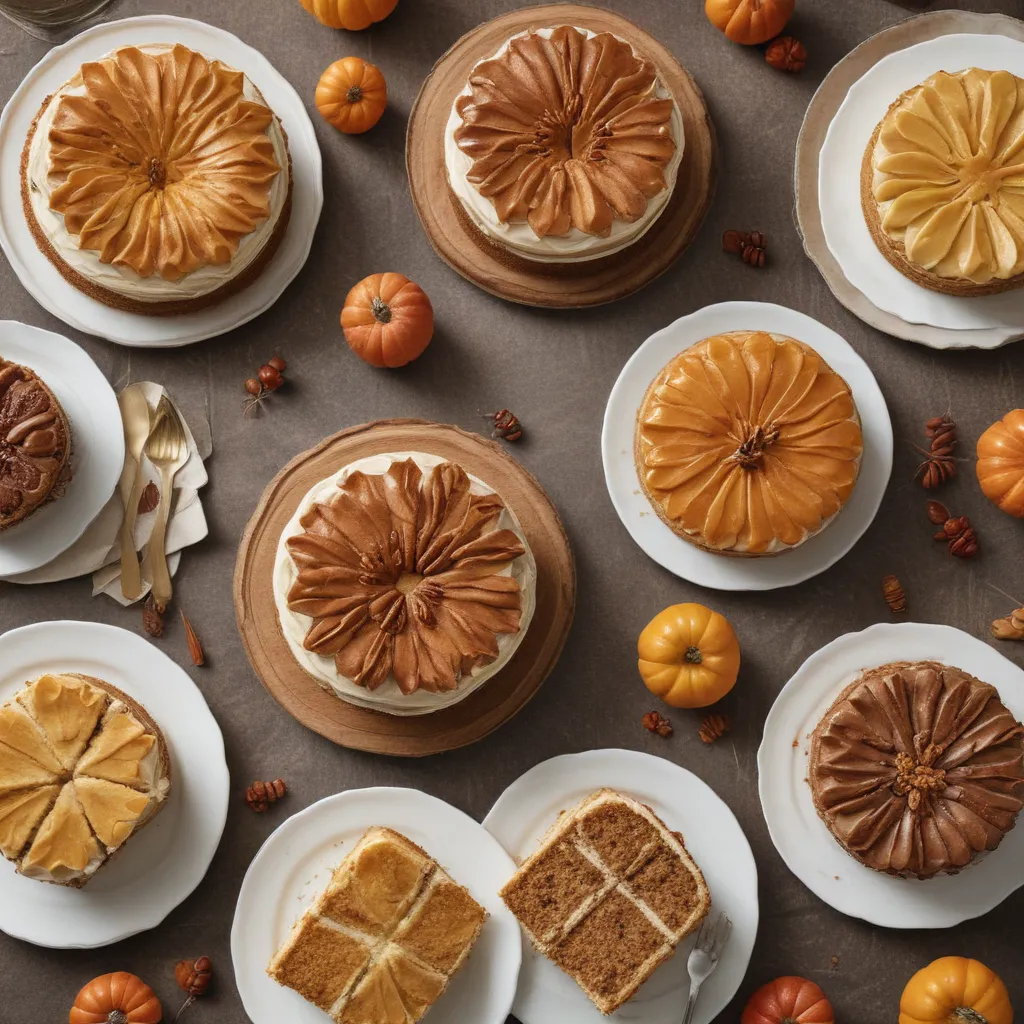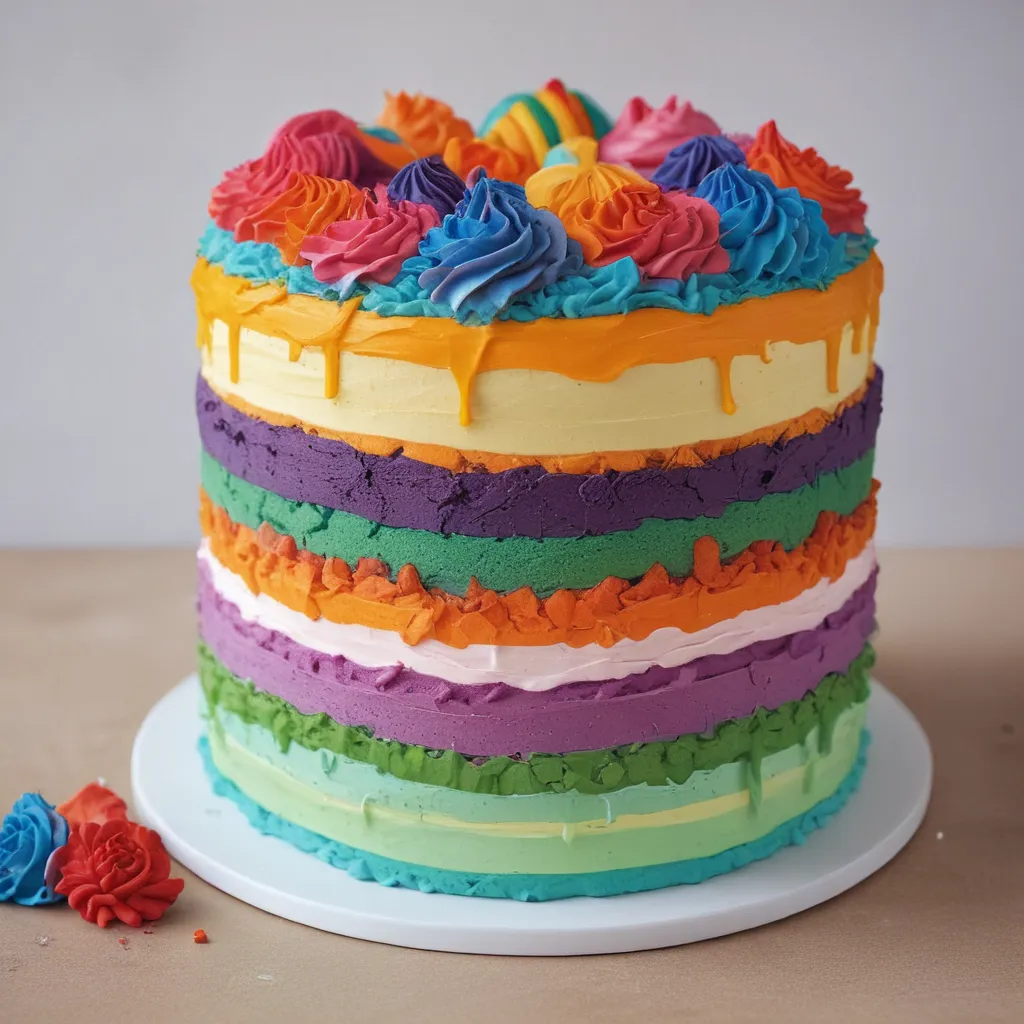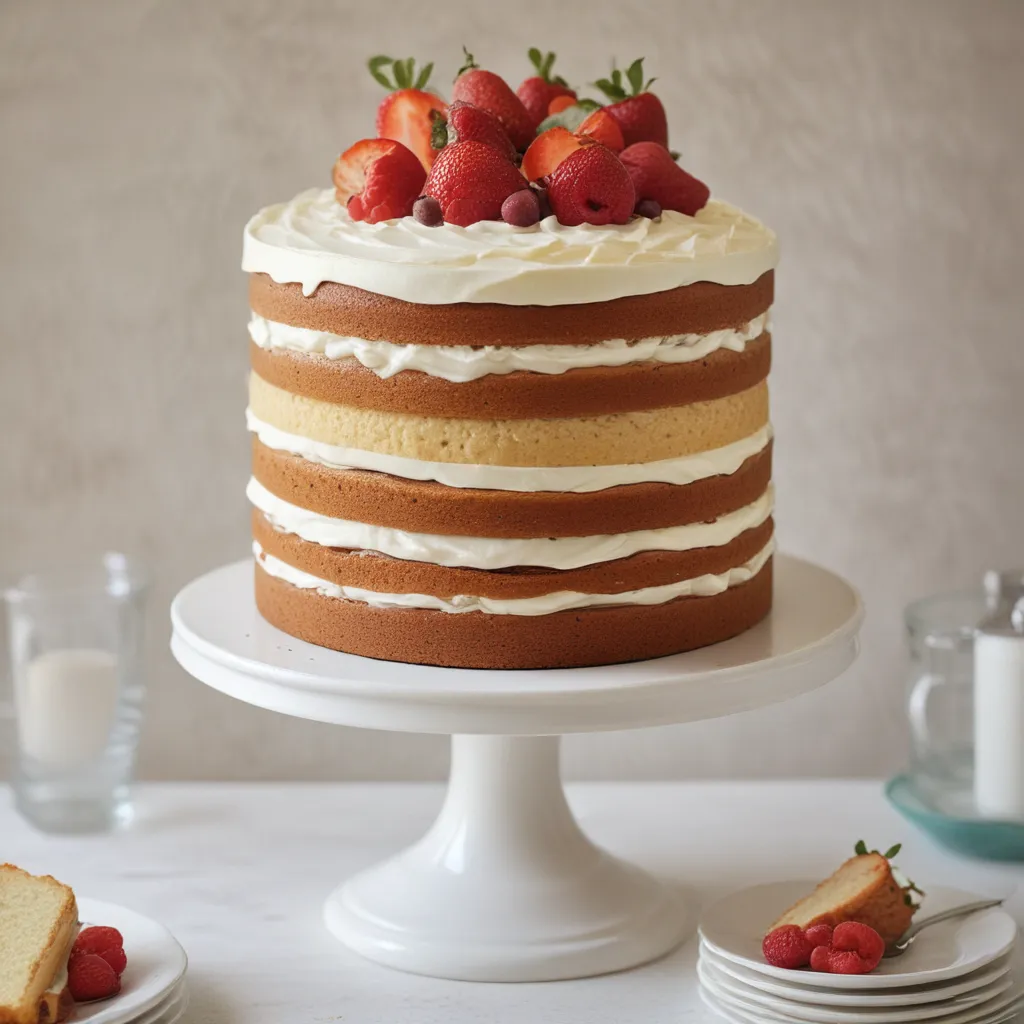Introduction
Who doesn’t love a moist, fluffy, and melt-in-your-mouth sponge cake? It’s a classic that never goes out of style, and mastering the art of baking a perfect sponge cake is a skill every home baker should possess. But what’s the secret to achieving that perfect texture and flavour? In this article, we’ll explore the ingredients, mixing techniques, and baking tips to help you bake a sponge cake that’s sure to impress.
The Importance of Ingredients
Freshness
The secret to a perfect sponge cake starts with the ingredients. Fresh, high-quality ingredients are crucial for a delicious and fluffy sponge cake. This means using fresh eggs, real butter, and unexpired baking powder. Fresh ingredients ensure that your cake rises evenly and has a pleasing taste.
Quality
Opt for high-quality ingredients like free-range eggs, pure vanilla extract, and unbleached flour. These will make a noticeable difference in the final product, giving your sponge cake a richer flavour and a more delicate crumb.
The Art of Mixing
Creaming Butter and Sugar
The creaming method is essential for a light and airy sponge cake. Start by beating room-temperature butter and sugar until they’re pale and fluffy. This process incorporates air into the mixture, which gives the cake its lift and tender texture.
Whisking Eggs
Whisk the eggs separately before adding them to the butter and sugar mixture. This ensures that they’re evenly distributed and prevents the batter from curdling. Add the eggs one at a time, mixing well after each addition to maintain the airiness of the mixture.
Folding in Flour
Once your wet ingredients are combined, gently fold in the sifted flour and baking powder. Use a spatula or a large metal spoon and cut through the mixture with a gentle folding motion. This will help to retain the air bubbles created during the creaming process, resulting in a lighter sponge cake.
Baking Techniques
Preheating the Oven
A properly preheated oven is crucial for even baking. Preheat your oven to the recommended temperature for your recipe, usually around 180°C (350°F). This ensures that the sponge cake starts to rise and set as soon as it’s placed in the oven.
Greasing and Lining the Tin
Prepare your cake tin by greasing it with butter or lining it with baking parchment. This prevents the sponge cake from sticking to the tin, ensuring it comes out cleanly and maintains its shape.
Baking Time and Temperature
Bake your sponge cake at the recommended temperature, usually between 160°C and 180°C (320°F and 350°F) for a standard-sized cake. Keep an eye on the cake, and use a skewer to test its doneness. The skewer should come out clean or with a few moist crumbs clinging to it. Overbaking can lead to a dry and crumbly cake, while underbaking can result in a soggy bottom.
The Perfect Sponge Cake Recipe
Now that you know the secrets to the perfect sponge cake, it’s time to put them into practice. Here’s a classic sponge cake recipe to get you started:
- 225g unsalted butter at room temperature
- 225g caster sugar
- Four large eggs at room temperature
- 225g self-raising flour, sifted
- 2 tsp baking powder
- 1 tsp pure vanilla extract
- Preheat your oven to 180°C (350°F)—grease and line two 20cm (8-inch) round cake tins.
- Cream the butter and sugar until pale and fluffy in a large bowl.
- Whisk the eggs in a separate bowl, then add them to the butter and sugar mixture one at a time, mixing well after each addition.
- Gently fold in the sifted flour, baking powder, and vanilla extract until combined.
- Divide the batter evenly between the prepared cake tins, smoothing the tops with a spatula.
- Bake for 20-25 minutes until a skewer inserted into the centre comes clean.
- Allow the cakes to cool in their tins for a few minutes, then turn them onto a wire rack to cool completely.
Variations
Adding Flavourings
Once you’ve mastered the basic sponge cake, you can experiment with different flavourings. Lemon or orange zest, cocoa powder, and coffee are all popular additions. Adjust your recipe accordingly to account for any additional liquid or dry ingredients.
Creating Layers and Fillings
Sponge cakes are perfect for layering and filling with various creams, jams, and fruit. Try sandwiching your cake layers with whipped cream and fresh berries or tangy lemon curd for a delightful twist.
Troubleshooting Common Sponge Cake Problems
- Dense cake: This is often due to overmixing the batter or not creaming the butter and sugar enough. Remember to cream until pale and fluffy, and fold in the flour gently.
- Uneven rise: Ensure your baking powder is fresh and the oven is preheated to the correct temperature. Also, try to open the oven door as little as possible during baking to maintain consistent heat.
- Cracked top: This can occur when the oven temperature is too high. Double-check your oven’s temperature and adjust it if needed.
Conclusion
The secret to the perfect sponge cake lies in the quality of your ingredients, the mixing technique, and attention to detail when baking. By following these tips and mastering the art of sponge cake baking, you can create light, fluffy, and delicious cakes that are perfect for any occasion.
FAQs
- How do I store a sponge cake? A sponge cake should be stored in an airtight container for up to 3 days at room temperature. Avoid refrigerating it, as this can cause the cake to become dry.
- Can I freeze a sponge cake? Yes, you can freeze a sponge cake for up to 3 months. Wrap the cake tightly in cling film or place it in an airtight container before freezing. To defrost, leave the cake at room temperature for a few hours.
- Why is my sponge cake dry? A dry sponge cake can be caused by overbaking, using too much flour, or not creaming the butter and sugar enough. Follow the recipe carefully and test your cake for doneness using a skewer.
- Can I make a sponge cake without self-raising flour? Yes, you can substitute plain flour and add baking powder. For every 225g of plain flour, add 3 tsp of baking powder and mix well.
- How do I adopt a sponge cake recipe for different tin sizes? You must adjust the ingredient quantities and baking time to adapt a sponge cake recipe for different tin sizes. Generally, for every 5cm (2 inches) increase in tin size, increase the recipe ingredients by 50%. The baking time will need to be slightly reduced for larger tins, while smaller ones may require a longer baking time. Keep an eye on the cake and test for doneness using a skewer.





